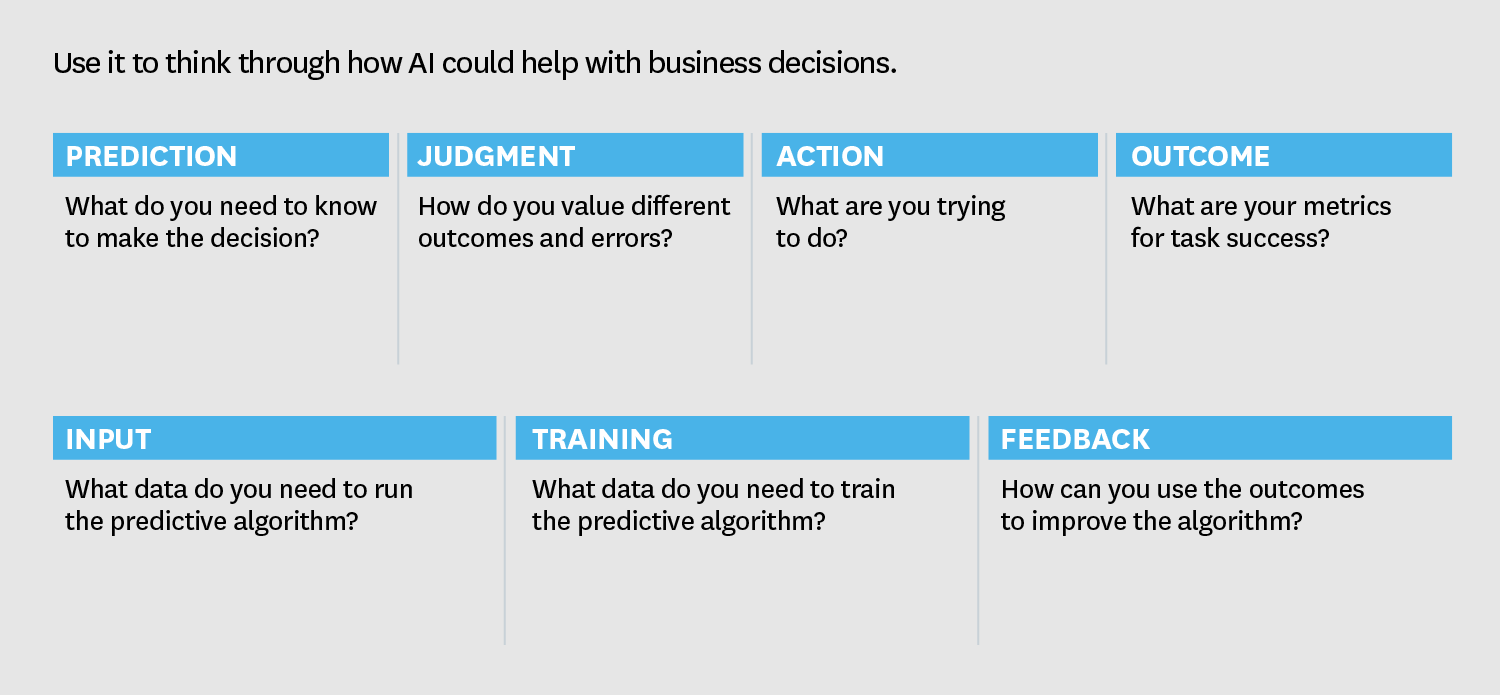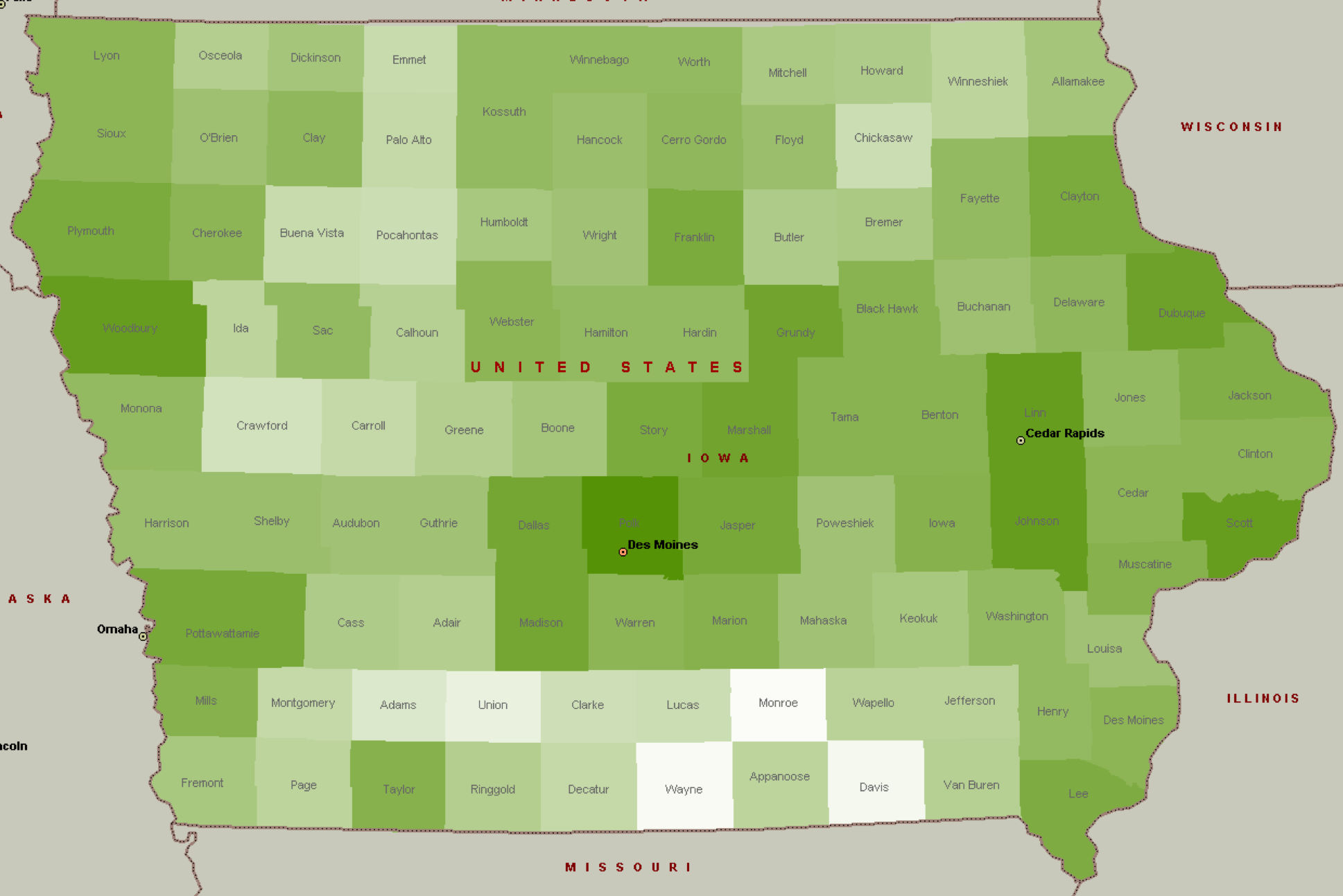This is a great article about customer data platforms.
I agree with Paul that customer data platforms are integral. When used correctly, CDP’s should be integrated across all departments where possible and where valuable.
When CDP’s integrate predictive data sets, they become Look-a-like CDP’s, and help create a wonderful capability about who the future customer should be and can be. By being creative with your CDP, you can define the future of the company. You can find failure points far beyond the capabilities of other technologies. But you must integrate predictive data.
“As an advocate and provider of a Customer Data Platform, and as a professional whose career is based on building marketing technology, I’m about to make a somewhat heretical statement, so prepare yourself: CDPs are not for Marketers. That’s right; you heard me.
Don’t get me wrong, Marketers derive benefits from a CDP. In fact, once a Marketer has a CDP it’s likely the first time they have actually been in control of customer data! It allows them to uncover new insights, design laser-focused segments, and truly affect the concept of 1–1 marketing on a B2C scale. It’s all good. In fact, it’s better than just good. In the hands of the right Marketer a CDP can be game changing. But that’s not all it is.”
This is well put together. Definitely worth the read.






















